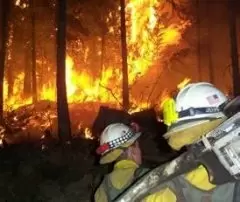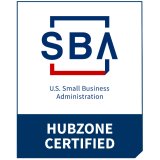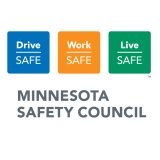Fighting Wildfires - and Noise
 With the unfortunate rise in wildfires throughout the west, it's timely to pause and consider one of the often overlooked hazards of this high-risk occupation – noise. Wildland fire fighters may work 12 to 16 hour shifts for up to 14 consecutive days. And although noise exposures and hearing loss have been well-documented for structural fire fighters, wildland exposures have only recently come to light.
With the unfortunate rise in wildfires throughout the west, it's timely to pause and consider one of the often overlooked hazards of this high-risk occupation – noise. Wildland fire fighters may work 12 to 16 hour shifts for up to 14 consecutive days. And although noise exposures and hearing loss have been well-documented for structural fire fighters, wildland exposures have only recently come to light.
Wildland fire-fighters encounter numerous well-known noise sources such as chainsaws, leaf blowers, wood chippers, pumps, bulldozers and airplanes. The United States Forest Service, in partnership with the National Institute for Occupational Safety and Health (NIOSH), recently concluded a 3-year study to assess wildland fire fighters' exposures. Noise dosimetry was conducted for over 150 fire fighters across 10 different wildfires. Measured noise doses frequently exceeded OSHA occupational and NIOSH recommended exposure limits, particularly for those operating chainsaws, chippers, and masticators. Researchers recommended a comprehensive approach to protecting wildland fire fighters, including noise and administrative controls and enrolling fire fighters in an ongoing hearing conservation program.
To learn more:
- Wildland Firefighter Health: Some Burning Questions, NIOSH Science Blog, posted on September 28, 2020 by LCDR Corey Butler et al.
- Noise Exposure Among Federal Wildland Fire Fighters, NIOSH Science Blog, posted on April 17, 2017 by George Broyles , LCDR Corey Butler, CAPT Chuck Kardous
- Broyles, et al. (2017). Noise exposure among federal wildland fire fighters, Journal of the Acoustical Society of America, 141(2), published online
- National Interagency Fire Center Wildfire Situation Report (updated regularly)
- NIOSH Fire Fighters Resource page
- NIOSH Emergency Responder Health Monitoring and Surveillance Program
- U.S. Fish & Wildlife Service, Fire Management page
(photo source: fws.gov)
| Categories: | Hearing & Hearing Loss, Industry News |






